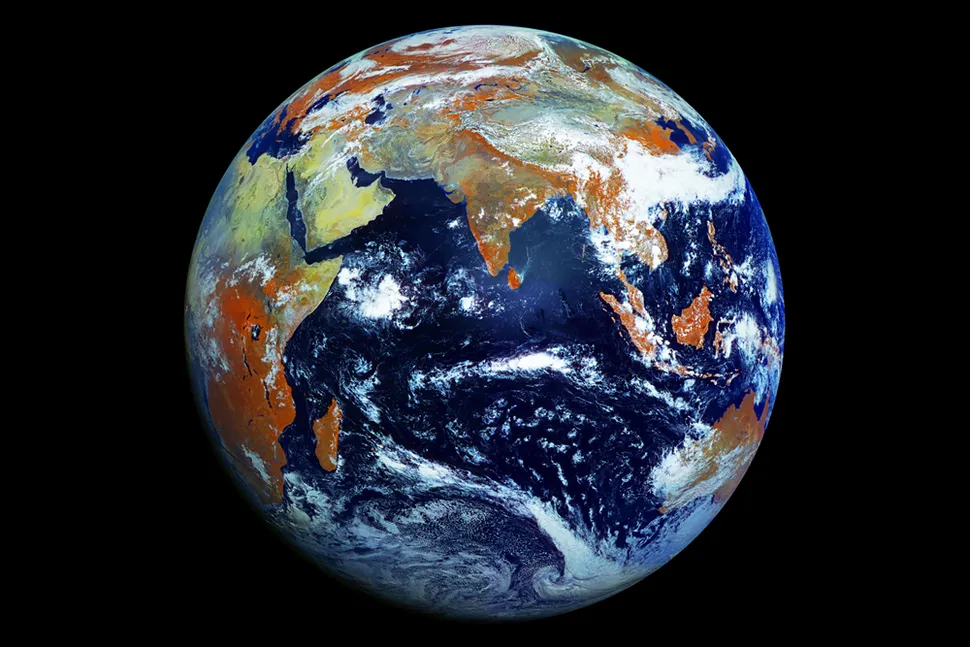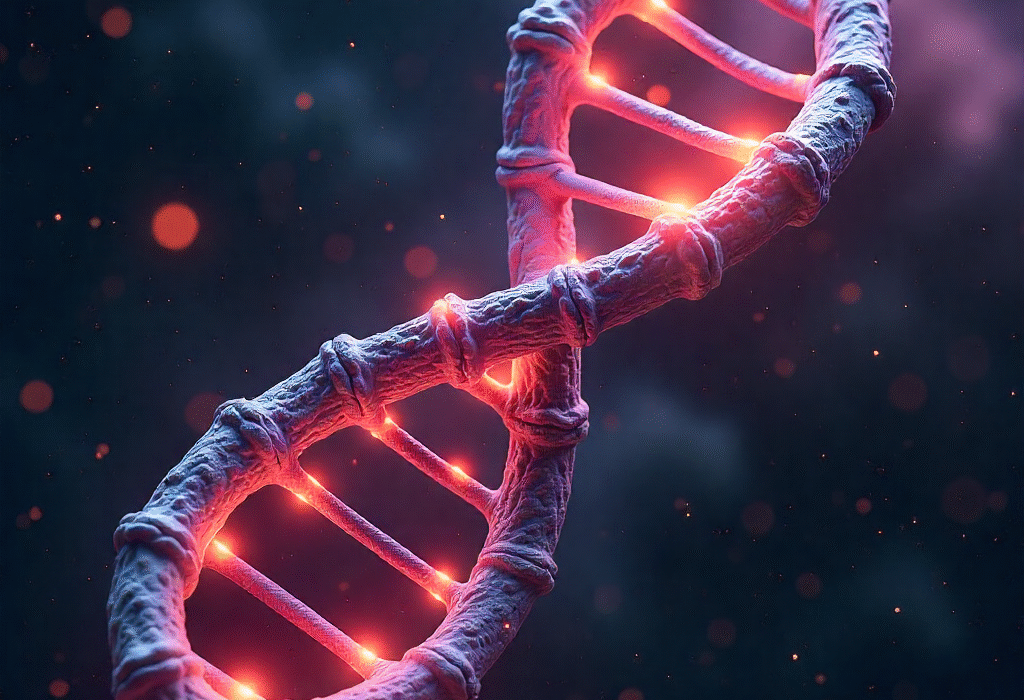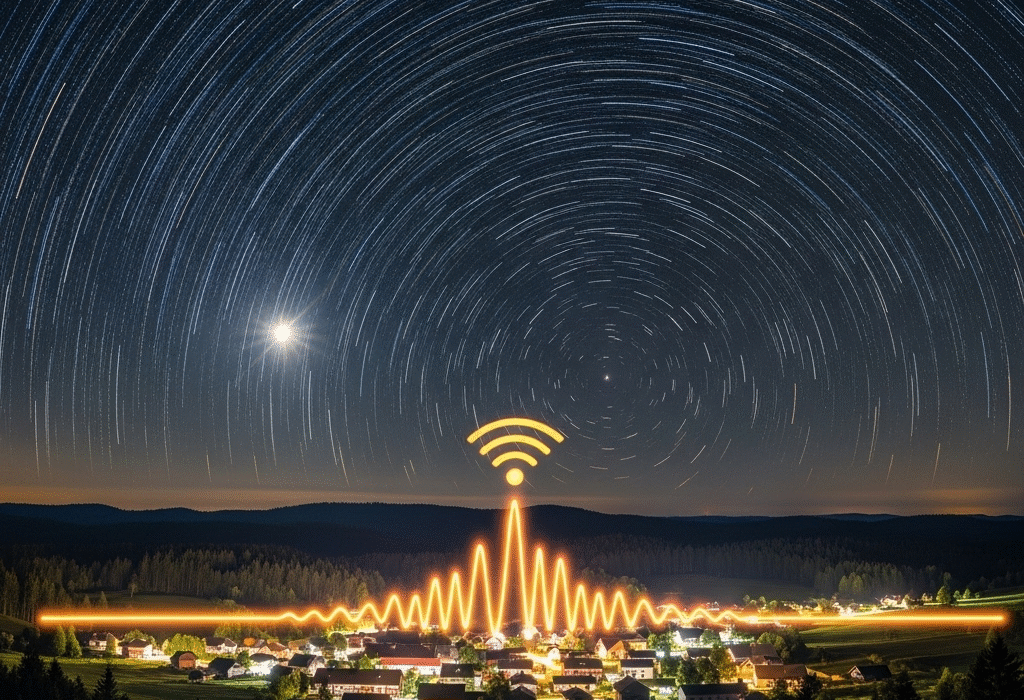The Earth is a planet under pressure. Rising temperatures, vanishing ice sheets, unpredictable weather patterns, and dwindling biodiversity have made it increasingly clear that humanity is walking a precarious path. Yet, amid this growing environmental crisis, science emerges not only as a diagnostic tool but as a source of hope. It is a beacon of ingenuity and imagination, offering solutions that stretch the limits of what we once thought possible. From rethinking energy to engineering ecosystems, from capturing carbon in the air to rewriting the rules of agriculture, the methods that might save our planet are as surprising as they are transformative.
The urgency is palpable. Climate models project that without decisive intervention, global temperatures could rise by 2 to 4 degrees Celsius by the end of the century, triggering cascading effects on human societies and natural systems alike. Yet, human history has repeatedly demonstrated that our species can confront seemingly insurmountable challenges when curiosity, creativity, and collaboration converge. In the twenty-first century, science has become the central instrument of that hope, revealing pathways to survival that are at once radical, delicate, and profound.
Engineering the Atmosphere
Among the most astonishing scientific interventions is the concept of geoengineering: deliberately altering Earth’s atmosphere to combat climate change. While it may sound like the stuff of science fiction, researchers are actively exploring techniques that could reduce the planet’s warming. One approach, known as solar radiation management, proposes injecting reflective particles into the stratosphere to bounce a fraction of sunlight back into space. The idea takes inspiration from nature itself—volcanic eruptions have cooled Earth temporarily by spewing aerosols into the sky, shading the planet for months.
The implications are profound. By mimicking this natural cooling effect, scientists hope to slow the rate of warming, buying humanity time to transition to sustainable energy. Yet, this technology carries risks. Altering the atmosphere on a planetary scale could disrupt weather patterns, provoke geopolitical tension, or create unintended environmental consequences. The very audacity of this approach underscores a sobering reality: saving the Earth may require not only careful stewardship but also daring experiments guided by rigorous science.
A more subtle but equally fascinating atmospheric intervention is carbon dioxide removal. Plants naturally absorb CO₂ through photosynthesis, yet modern science has devised ways to accelerate and amplify this process. Machines known as direct air capture units extract carbon from the atmosphere and store it underground or convert it into durable materials. At first glance, the idea of vacuuming carbon from the sky may seem surreal, yet it is grounded in chemistry and physics. Each ton of CO₂ captured represents a small victory against global warming, and when scaled across continents, these interventions could dramatically reduce the greenhouse gases warming our world.
Harnessing the Power of the Oceans
The oceans, covering over seventy percent of Earth’s surface, are both a victim of and a potential solution to climate change. Rising seas and acidifying waters threaten marine life and coastal communities, yet scientists are exploring ways to transform the oceans into allies. One extraordinary approach involves ocean fertilization: adding nutrients like iron to stimulate phytoplankton growth. These microscopic organisms absorb CO₂ as they photosynthesize, and when they die, a portion sinks to the seafloor, effectively sequestering carbon.
While still controversial, this method exemplifies a remarkable principle: harnessing the planet’s own systems to restore balance. Similarly, scientists are studying the possibility of cultivating “ocean forests” of kelp and seaweed. These rapid-growing algae can absorb enormous quantities of carbon while simultaneously supporting marine biodiversity. Some innovators have even imagined floating farms that could provide both food and climate mitigation. In these projects, the solution is not simply technological; it is biological, relying on the intelligence encoded in nature itself.
The oceans also hold promise as a source of renewable energy. Tidal, wave, and ocean thermal energy technologies could produce vast amounts of clean electricity. Imagine turbines spinning silently beneath the waves, harnessing the ceaseless rhythm of tides to power coastal cities, or devices capturing the subtle thermal gradients between surface and deep waters. Such ideas are no longer speculative—they are under active development and pilot testing around the world, hinting at a future where energy and ecology are intimately intertwined.
Reimagining Agriculture
Food production, one of humanity’s most resource-intensive activities, is both a driver of climate change and a potential tool for mitigation. Traditional agriculture contributes significantly to greenhouse gas emissions, yet science is rewriting the rules of how we grow and consume food. Vertical farming, hydroponics, and aeroponics allow crops to be cultivated in controlled environments using far less water and land. Skyscrapers of lettuce and tomatoes, nourished by nutrient-rich mist rather than soil, may seem like a futuristic fantasy, yet pilot projects across the globe are proving that they are viable and sustainable.
Equally revolutionary is the development of lab-grown meat. By cultivating animal cells in bioreactors, scientists can produce protein without raising livestock, reducing methane emissions, deforestation, and water usage. The environmental impact is profound: the same calorie of lab-grown meat can require a fraction of the resources of conventional meat production. Beyond mere efficiency, these innovations challenge the traditional notion of what is “natural,” prompting ethical, environmental, and economic questions that stretch far beyond agriculture.
Meanwhile, genetic science is creating crops that can thrive in climates once considered inhospitable. Drought-resistant wheat, salt-tolerant rice, and other engineered varieties may sustain populations in regions where rising temperatures and soil salinity threaten traditional farming. This is a vivid example of science directly rewriting the rules of survival: by understanding the genetic code, we can fortify life itself against the forces of a changing planet.
The Invisible Guardians: Microbes and Biotechnology
Perhaps the most surprising heroes in the fight to save Earth are not massive turbines or towering vertical farms but tiny organisms invisible to the naked eye. Microbes—bacteria, fungi, and other microorganisms—play indispensable roles in maintaining planetary health. Scientists are now exploring ways to harness these organisms to solve problems ranging from pollution to climate change.
For instance, certain bacteria can digest plastic, breaking down materials that have persisted in oceans and landfills for centuries. Others can metabolize heavy metals or capture carbon dioxide. By engineering microbial communities, researchers hope to create living systems that clean contaminated soils, restore ecosystems, and even regulate greenhouse gases. These microbial interventions highlight a profound truth: the smallest forms of life can have outsized impacts on the planet’s survival, if guided by human ingenuity.
Biotechnology is also offering ways to protect biodiversity. Assisted evolution, for example, involves guiding species through genetic adaptation to withstand climate pressures. Coral reefs, decimated by warming oceans, might be saved by cultivating strains resistant to heat stress. Likewise, seed banks and cryopreservation techniques act as time capsules, preserving genetic diversity for future restoration efforts. Here, science acts not merely as a tool for observation but as a deliberate sculptor of life, intervening with precision where natural systems falter.
Energy Revolution and the Promise of Fusion
Energy remains at the heart of the planetary crisis. The transition from fossil fuels to renewable sources is essential to curbing global warming, yet even within this challenge, science is revealing astonishing possibilities. Solar panels and wind turbines are now more efficient and affordable than ever, transforming energy landscapes in countries around the world. However, the most audacious dream may be nuclear fusion: the process that powers stars, replicating the energy of the sun in a controlled environment on Earth.
Fusion promises a nearly limitless source of clean energy, with minimal waste and no greenhouse gas emissions. For decades, it seemed perpetually out of reach, but recent advances in magnetic confinement, laser ignition, and plasma stabilization suggest that practical fusion reactors may be closer than ever. If realized, fusion could free humanity from dependence on fossil fuels entirely, providing an energy foundation capable of sustaining billions of people while protecting the planet.
Beyond fusion, energy storage and grid optimization are quietly revolutionizing how society uses power. Advances in battery chemistry, superconducting materials, and smart grids allow intermittent sources like solar and wind to provide reliable electricity. In this domain, science demonstrates an unexpected truth: sometimes the most transformative innovations are not the most visible, but the ones that quietly reshape the infrastructure of daily life.
The Role of Artificial Intelligence and Big Data
In the age of information, the fight to save Earth increasingly relies on intelligence—both human and artificial. Big data analytics, machine learning, and artificial intelligence are helping scientists predict weather extremes, monitor deforestation, optimize energy use, and model ecological systems with unprecedented precision. Satellite imagery combined with AI algorithms can detect illegal logging in real time, track endangered species, or predict the spread of wildfires before they ignite.
AI is also enabling smarter climate solutions. Complex simulations can evaluate the effectiveness of carbon capture methods, optimize urban planning for energy efficiency, or design synthetic materials capable of storing solar energy. In many ways, intelligence itself becomes a tool of planetary rescue, translating vast amounts of information into actionable insight. This is a profound departure from traditional notions of science: rather than simply understanding the world, we are teaching machines to help shape it for survival.
Ethical Frontiers and Human Responsibility
All these scientific interventions—from atmospheric engineering to microbial manipulation—bring with them profound ethical questions. The very act of deliberately altering planetary systems forces humanity to confront the limits of responsibility and foresight. How do we balance risk and reward when the stakes involve the entire biosphere? What safeguards must be established to prevent unintended consequences? Science does not operate in a vacuum; its power demands moral reflection as well as technical mastery.
Surprisingly, some of the most important interventions are not purely technological. Education, policy, and social innovation are critical complements to scientific breakthroughs. Public understanding of climate science, investment in sustainable infrastructure, and international cooperation are just as vital as the machines and microbes that carry out solutions. In other words, saving Earth requires not only ingenuity but also wisdom—the ability to integrate knowledge, ethics, and collaboration across borders and generations.
The Hope Embedded in Imagination
Perhaps the most surprising revelation of all is the role of imagination in the science of saving Earth. Every major breakthrough—from lab-grown meat to fusion energy, from engineered corals to AI-driven climate modeling—began as an idea that seemed improbable, even impossible. Yet imagination, paired with rigorous experimentation, has repeatedly turned the improbable into reality. The future of the planet depends not only on what we know but on what we can envision and bring to life.
Science shows us that survival is not a passive hope but an active, deliberate pursuit. It reveals that the tools for planetary rescue are diverse, ranging from massive technological projects to the subtle guidance of microbes, from the invisible manipulation of carbon molecules to the harnessing of sunlight across continents. Each of these solutions is rooted in empirical understanding, yet each also stretches the human capacity to dream.
Conclusion: A Planet Worth Saving
In the face of climate change, biodiversity loss, and environmental degradation, the narrative of doom is powerful and pervasive. Yet science offers a counter-narrative: a story of resilience, creativity, and possibility. The ways in which humanity might save Earth are as astonishing as they are unexpected, revealing a profound truth about our species: we have the capacity not only to understand the world but to protect and transform it.
From the skies above to the oceans below, from the soil beneath our feet to the DNA of the tiniest organisms, science provides tools to restore balance and guide the planet toward sustainability. Yet these tools require more than curiosity—they demand courage, imagination, and a commitment to acting wisely. In every corner of research laboratories, in every field experiment and simulation, there lies a vision of a world not merely surviving but thriving.
Saving Earth may seem like the ultimate challenge, yet history teaches us that humanity rises to challenges when knowledge and ingenuity converge. The most surprising ways science might save our planet are not merely inventions—they are reminders that even in the face of immense adversity, the combination of human curiosity, collaboration, and courage can light the path toward survival. In embracing this vision, we not only safeguard the biosphere but reaffirm the extraordinary capacity of our species to imagine, create, and endure.
Science, in its many forms, tells us that the story of Earth is far from over. The chapters yet unwritten may hold wonders beyond our imagining, and in those wonders lies the hope that we can, collectively, rescue our planet and ensure that life continues to flourish for generations to come.






